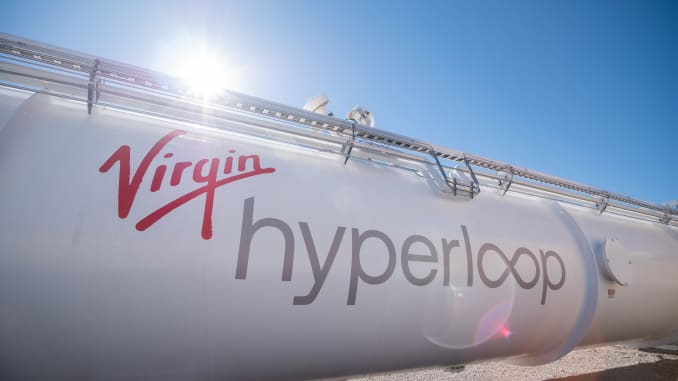


Silicon Valley is the 19th largest economy of the world. With its stunning vistas and idyllic weather, the region is also one of the most beautiful and desirable places in the world to live. But the area, which spans the most populous counties in the Bay Area, has been impacted with a severe lack of affordable housing and painful traffic logjams. This has led to a slow exodus of high tech companies and talent from Silicon Valley.
Skyrocketing housing costs are pushing people farther away from their jobs, or out of the valley altogether. The homeless population in California is 47 percent of all homeless in the United States. This is a colossal failure on our part. We are losing the diversity of talent as teachers, firefighters, and artists can no longer find affordable housing.
The Silicon Valley region remains a hotbed of innovation, but has created only one housing unit for every six new jobs between 2010 and 2015. We need more housing and housing that is affordable.
Workers now commute across punishing distances, stuck in traffic and losing time with their loved ones. Almost 169,073 commuters drive into Silicon Valley every day. Our public transportation is woefully inadequate; while the ill-conceived, archaic Bullet Train is dying a slow death somewhere in California after splurging billions of dollars.
Our elected leaders have been unable to offer Silicon Valley a plan to solve the housing crisis and our traffic woes. California bills such as SB 35 and SB 50 seek to preempt local control over housing, tying the hands of local elected leaders and forcing high-density housing upon our neighbors. With this push to “build, build, build,” there is much concern from residents about how this would change the “small town” character, leading to increased traffic and affecting the quality of our lives. Yet the fact remains that more housing is needed.
Transportation is the answer.
A cutting-edge, tunnel-enclosed high-speed transportation system based on Hyperloop technology will bring 12.2 million people living in the 21 counties of the Northern California mega-region within a short commute of Silicon Valley jobs; and affordable homes within 21 minutes of Silicon Valley workers. Operating at average speeds of 600 mph (top speed 760 mph) the eco-friendly and noise-free Hyperloop could cross the 150 miles between Yuba City and San Jose in under 15 minutes.
What does this mean for the average Silicon Valley worker?
The median price for a home in the San Jose region is an unaffordable $1.3 million, whereas a median-price in Yuba City is only about $300,000. With a high speed transit system, people could afford a decent home within an easy commute of work. They could walk their child to school in the morning, hop on the Hyperloop, put in a full day’s work and be back in time to help with homework before dinner.
The entire Northern California Megaregion would become part of a Mega Silicon Valley innovation economy, experiencing increased opportunity, retaining talent and providing affordable housing options for all.
Silicon Valley powers the economy of California and of the United States. Investing in its infrastructure will pay tremendous dividends to all.
The first hyperloop will go live in 2022. Yes, projects are happening as I type. Mumbai, New York, Abu Dhabi and Mexico City are working on projects.
 "Virgin's hyperloop One company has signed a deal with the government of Saudi Arabia to build a test track. hyperloop One has started or performed feasibility studies in the Netherlands, Switzerland, Moscow, Los Angeles, the UK, as well as Finland and Sweden, where the company found that a 300-mile hyperloop between Helsinki and Stockholm would cost about $21 billion. Earlier this summer, the company performed a full-scale test in the Nevada desert in which the hyperloop pod reached almost 200 miles per hour. The team that designed the Chicago / Columbus / Pittsburgh proposal, for example, was supported by the Ohio Regional Planning Commission, the Indiana Department of Transportation, the Ohio Department of Transportation, the Chicago Metropolitan Agency for Planning, the Columbus Airport Authority, and more."
"Virgin's hyperloop One company has signed a deal with the government of Saudi Arabia to build a test track. hyperloop One has started or performed feasibility studies in the Netherlands, Switzerland, Moscow, Los Angeles, the UK, as well as Finland and Sweden, where the company found that a 300-mile hyperloop between Helsinki and Stockholm would cost about $21 billion. Earlier this summer, the company performed a full-scale test in the Nevada desert in which the hyperloop pod reached almost 200 miles per hour. The team that designed the Chicago / Columbus / Pittsburgh proposal, for example, was supported by the Ohio Regional Planning Commission, the Indiana Department of Transportation, the Ohio Department of Transportation, the Chicago Metropolitan Agency for Planning, the Columbus Airport Authority, and more."
"When Elon Musk first proposed the hyperloop in 2013, he envisioned a route from San Francisco to Los Angeles costing about $6 billion, or $11.5 million per mile. But leaked financial documents from hyperloop One (obtained by Forbes) put that cost closer to $13 billion, or $121 million per mile. That’s still less than the projected cost of California’s high-speed rail line, which is expected to reach $68 billion."
"hyperloop Transportation Technologies’ first commercial lines are expected to open to the public by 2022, the firm’s CEO said Tuesday.. HTT is one company in the space that has gained considerable traction, signing deals with multiple countries to test its technology. Rivals include Musk’s Boring Co., Virgin hyperloop One and Canadian firm TransPod.
"Virgin hyperloop One is likely to start construction of the Mumbai-Pune hyperloop project in 2020. The ultramodern, superfast transport project aims to reduce the travel time between the two cities, located around 200km apart, from four hours to about 25 minutes." $8.6 billion for 100 miles.